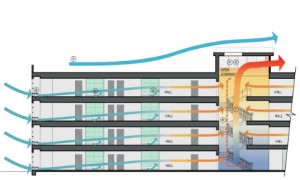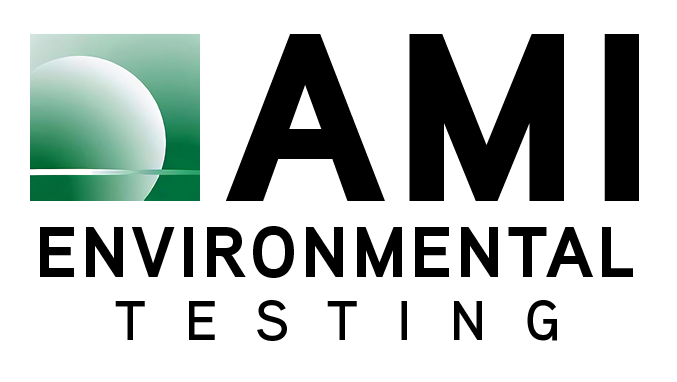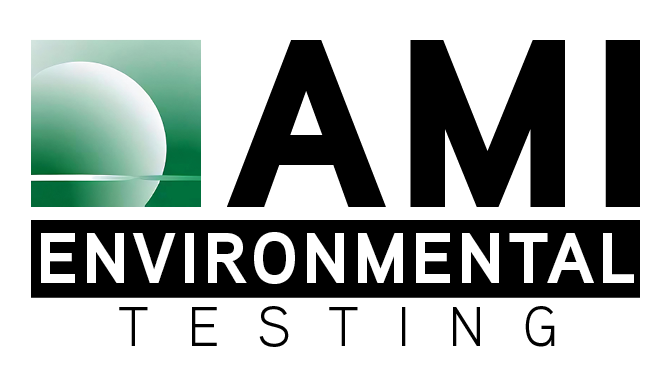 With the summer heat comes an important question: how do you determine if you are providing enough outdoor (dilution) air for the optimum performance, comfort and health of building occupants, without wasting energy by over-ventilating?
With the summer heat comes an important question: how do you determine if you are providing enough outdoor (dilution) air for the optimum performance, comfort and health of building occupants, without wasting energy by over-ventilating?
Building occupants generate an excellent tracer gas to analyze ventilation: Carbon Dioxide (CO2) at concentrations near 40,000ppm. CO2 levels indoors will build up to excessive levels during the workday if ventilation is inadequate. Conversely, if the zone is over-ventilated, the levels of CO2 found will be closer to levels measured outdoors (typically 250 to 550ppm, although they may be higher in urban areas).
Over ventilation results in wasted energy due to conditioning excess outdoor air. And the amount of energy used to heat and cool buildings is very substantial; in North America and Europe it is equivalent to the energy used by all forms of transportation combined. That makes reducing ventilation the target of new government regulations and voluntary “green” guidelines motivated by the need to decrease dependency on imported oil and reduce greenhouse emissions. However, occupants are typically the most expensive resource in a building and over-emphasis on energy reduction can easily lead to productivity loss that outweighs any energy cost savings (not to mention the ethical issues associated with resulting health problems).
Whether your primary goal is saving energy, improving occupant performance, or ensuring healthy workplace conditions, finding the right ventilation balance is key in reaching your energy and Health and Safety goals.



